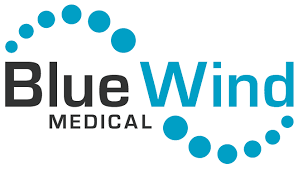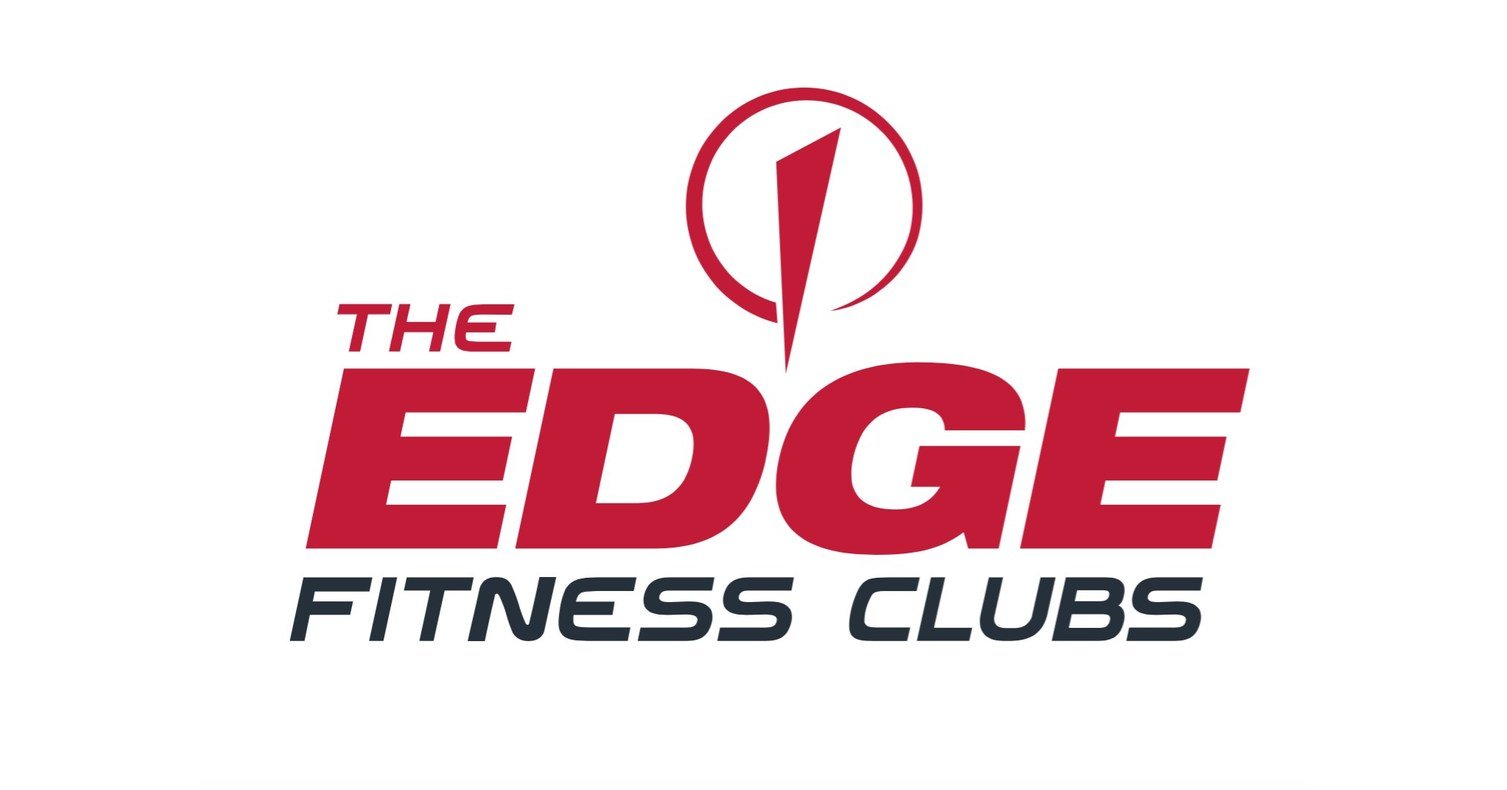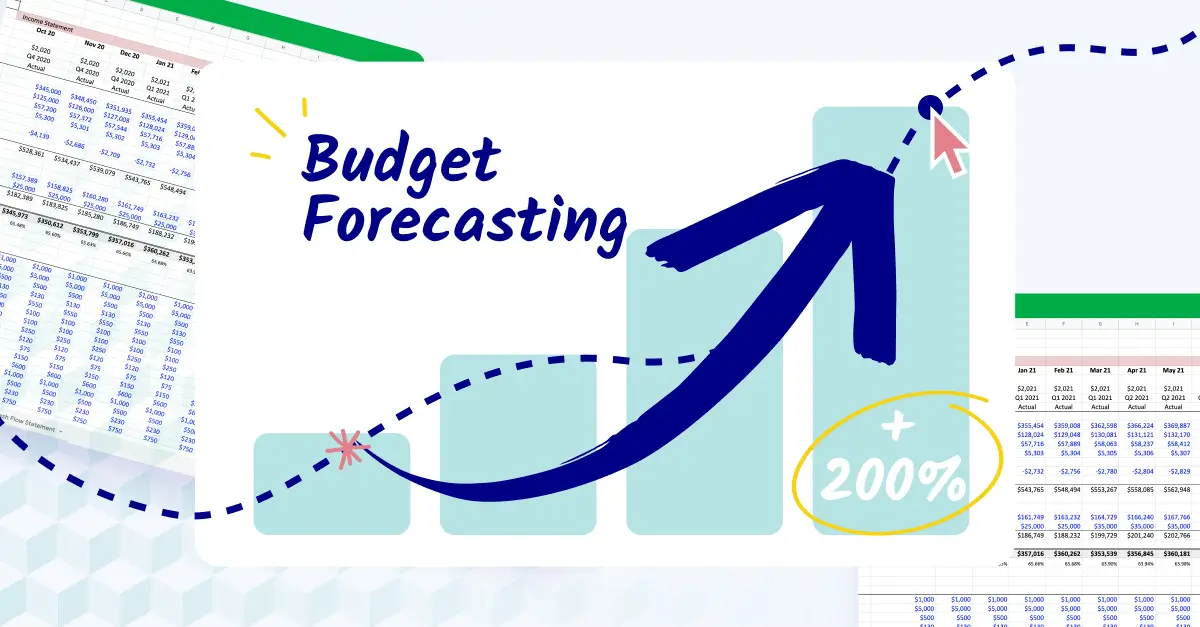Key Takeaways
- Budgeting is a detailed, static financial plan and expectations laid out in advance.
- Forecasting is the dynamic, flexible process for assessing current performance and predicting future potential.
- Budget forecasting is a specific type of forecasting that takes its inputs from the budget for the upcoming fiscal period.
- Planning is a general term that refers to budgeting or forecasting
- Budgeting and forecasting are not synonymous, but they are closely aligned.
- There are distinct steps you can take to improve both your budgeting and forecasting.
What is budgeting?
Budgeting is a planning process that includes your business's income (revenue) and spending (expenses) over a set period. Budgets most commonly look at the next 12 months of the business and track finances over a calendar or fiscal year.
It helps to think of a budget as a financial roadmap for your business. The budget describes what management wants the business to do going forward and how it intends to get there. That said, a budget is not a plan.
Budgeting can follow either a top-down or a bottom-up approach.
Key features of a budget
Use historical financial data: Businesses develop budgets using internal historical financial data. To build next year’s budget, they look at prior budgets, compare them to prior actuals, and gather other internal and external data. This results in a budget that reflects company goals and expectations going forward.
There are many ways to approach this, from incremental budgeting to activity-based budgeting.
Budgets are “static”: Unless something drastic occurs, your budget from January (or the beginning of the fiscal year) doesn’t change over the next 12-month period. For every month of budget, you’ll compare actual performance (“actuals”) against the budget. This determines how closely the business follows the plan and if it aligns with the expected outcomes.
Budgets take time: Budgets require a lot of detail. “Budgeting season” starts at least three months before the budget takes effect. For calendar year budgets, planning begins no later than October 1. Larger organizations with more extensive budgeting may begin the process even earlier.
At the end of the budget process, you’ll have a detailed plan for the financial life of the business, including:
Now that you understand budgets, let’s take a look at forecasts.

What is forecasting?
Forecasting is the higher-level, more flexible cousin of the static budget. It looks at the bigger picture—major revenue and expense items—and can change over time due to reviews and changes in the economic landscape.
Forecasts can focus on the entire business or a specific subset of finance, like ARR. Forecasts may be based on the budget, but they may also be what-if scenarios, edge cases, or cash forecasts.
Key features of forecasts
Regular updates: Unlike a static budget, forecasts get regular updates—at least every six months, although different industries revise their forecasts every quarter or month. Forecasts that add future periods as the previous periods close are known as “rolling” forecasts.
Real-time feedback: If a budget is a roadmap for where the business wants to go, the forecast provides data on its direction. Forecast information changes based on real-world changes with new info. They may change based on the economy, the supply chain, or the competitive landscape.
Mix of historical and current data: Forecasts use historical data (like financial statements) to make predictions. But largely, they focus on what’s currently happening in the business and the larger economic picture.
What is a budget forecast?
If a budget summarizes a company's goals and forecast models what those goals should achieve, then a budget forecast predicts the outcome of the budget.
In other words, the budget forecast answers this question: "if followed exactly, what end state does this budget create?"
Key features of a budget forecast
A budget forecast is a projection of the budget. This means it's a key component of variance analysis or any P&L budget vs actuals model.
The budget forecast references the budget instead of historical values, which is especially helpful for organizations with inconsistent historical performance.
Because it measures the future state of the budget, the budget forecast is a great tool for measuring performance and for Corporate Performance Management (CPM).
Differences between budgets and forecasts
It helps to remember these defining differences when discussing forecasts and budgets:
Purpose
- Budgets are used to form strategies and define business goals over the coming year.
- Forecasts aid decision-making based on the most recently available information. They help teams understand progress toward budgetary goals.
Prep Time
- Budgets require detailed preparation to enable the most accurate detail for roadmap planning and funds allocation. Preparation should take 3-6 months.
- Forecasts rely on historical data, short-term data, and imagined situations. Preparation should take a few hours to a month, depending on the quantity of data you're using and the scope of the forecast.
Timeframe
- Budgets look at the next 12-month period, whether a calendar or fiscal year.
- Forecasts may look at a range of periods depending on business needs. Common forecasting periods are monthly, quarterly, or semi-annually.
Flexibility
- Budgets are static. Once set, they shouldn’t have big changes. You should compare budget assumptions to actuals regularly (usually monthly) to ensure accuracy.
- Forecasts are dynamic tools. Changes in data and trends will require updates to your forecasts.
Reliability
- Budget reliability declines over time as actual performance deviates from expected performance.
- Forecasts maintain reliability as they change based on the latest available data.

How are budgets and forecasts connected?
Though budgeting and forecasting are separate activities, they are connected. Each informs the other, and both contribute to an accurate and actionable financial outlook.
Budgeting is the root of your planning process. Creating an annual budget, including budget forecast expenses, should come before any forecasting activities. Once an annual budget is in place, you can use the information to create forecasting for the following month, quarter, or year.
As the year progresses and actuals become available, forecasts and associated KPIs may adjust. They will reflect changes in business performance or outside forces. You can then use this forecasting data for the next budget planning process.
6 Steps to build a strong budget
To start your planning process off right, use these steps to create a strong, accurate budget:
- Look at revenue: Examine your existing revenue streams to find all available income sources. Add these together to understand the total revenues flowing into the business.
- Understand fixed costs: Look at the expected costs for your business today, such as rent, supplies, payroll, taxes, and insurance. Total these to get a picture of total fixed forecast expenses.
- Estimate variable costs: Total other expenses you expect over the next budget period. Include supplies, equipment, owner/partner salary, marketing, utilities, etc.
- Create a rainy-day fund: Every business runs into roadblocks. Building contingency funds into the budget gives you some flexibility.
- Draft financial statements: Use the previous data to create your P&L. This is the big-picture financial performance.
- Build your budget: Let the historical data and P&L info outline your future profitability path. Review these numbers against actuals as you progress through each month-end close.
Want a more comprehensive list? Head over to our strategic budgeting guide.
5 steps to build and update your forecast
Now that you have your budget roadmap, you can forecast probable outcomes over the next period(s).
- Specify time horizons: How often must your business plan adjust to remain competitive? Choose a forecasting interval to reflect the speed of change.
- Determine financial objectives: What are you trying to do with your forecasts? What KPIs will you use to determine on-target performance? Define any assumptions and what outcomes you expect.
- Pull together information: Gather the necessary data for detailed forecasting, including:
- Previous period financials for historical perspective
- Current and historical statistical data
- Cross-departmental, expert, and/or consultant advice
- Trend reporting and external event data could impact the forecasting process or its outcomes.
- Potential disruptors or outliers (changes in the supply chain, natural disasters, economic fluctuations such as inflation, etc.)
- Determine forecasting model: Consider the four commonly used forecasting methods. Each has different levels of complexity and required data. Choose which method works best for your particular situation.
- Implement and refine: Put your forecast to work. Refine the forecasting with new and emerging data over each succeeding reporting period. Use the data derived from forecasting to make data-driven decisions and strive for the outcomes outlined in the budget.
Post-forecasting analysis and continuous improvement
The completion of budget forecasts signifies not the end but the commencement of a vital phase — post-forecasting analysis and continuous improvement.
Post-forecasting analysis is crucial for pinpointing variances between forecasted and actual results, enabling proactive decision-making and continuous improvement.
Identifying Variances: Conduct a thorough analysis of forecasted versus actual results to identify any variances. Understanding these differences is key to pinpointing areas that require attention.
Performance Evaluation: Evaluate the performance of forecasting models and methodologies. Identify which approaches yielded more accurate predictions and contributed to better decision-making.
Feedback Loop Implementation: Establish a feedback loop involving key stakeholders to gather insights on the forecasting process. Act on feedback to make iterative improvements continuously.
Embracing mistakes as learning opportunities and systematically analyzing errors fosters a culture of continuous learning, enhancing future forecast accuracy and promoting a dynamic forecasting environment.
Overcoming time-consuming processes in budget forecasting
Let’s explore strategies to overcome cumbersome tasks and enhance the efficiency of budget forecasting.
Identifying Time-Saving Strategies
- Automation Integration: Integrate automation tools for streamlined processes, addressing repetitive tasks like data entry and report generation.
- Cloud-Based Collaboration: Utilize cloud-based collaboration platforms to enable real-time collaboration among team members, reducing delays caused by manual coordination.
- Historical Data Analysis: Leverage historical data analysis to identify patterns and trends, providing a foundation for more accurate and faster forecasting.
Efficiency Improvement in the Budgeting Process
- Streamlined Approval Workflows: Implement streamlined approval workflows to expedite the budget approval process and reduce delays.
- Collaborative Forecasting Sessions: Conduct collaborative forecasting sessions involving key stakeholders to gather insights efficiently and ensure collective decision-making.
- Utilizing Predictive Analytics: Embrace predictive analytics to enhance the accuracy of forecasts and reduce the time required for manual data analysis.
By implementing these time-saving strategies and efficiency improvement measures, FP&A decision makers can empower their teams to navigate their budget forecast expenses more effectively.
Conclusion: budgeting, forecasting, and the budget forecast
Now you know the basics of budgeting and forecasting. You also know where the budget forecast fits into the bigger picture.
If you'd like to start creating a budget forecast, download and play around with our free P&L budget vs. actuals template for Excel and Google Sheets.







.png)







